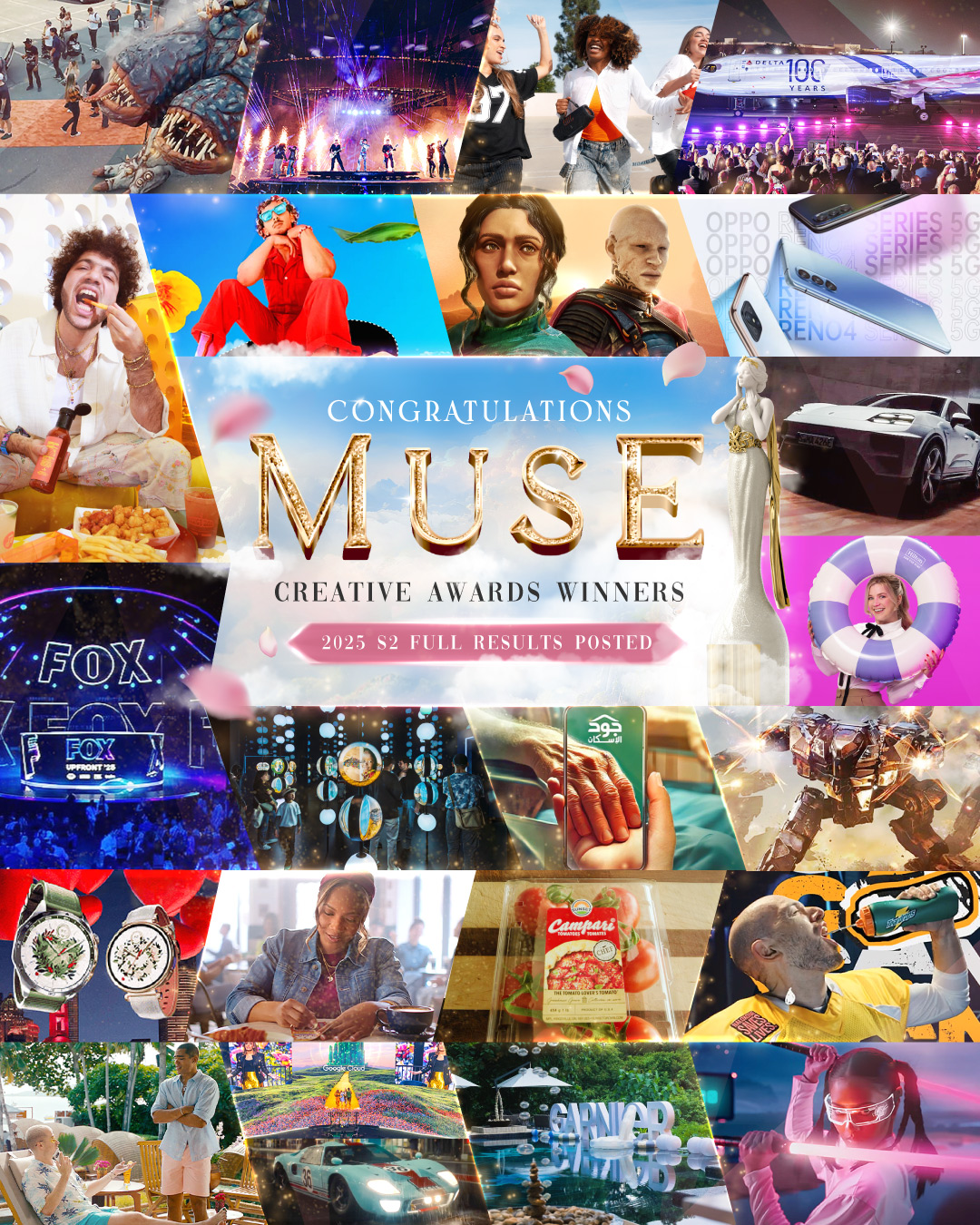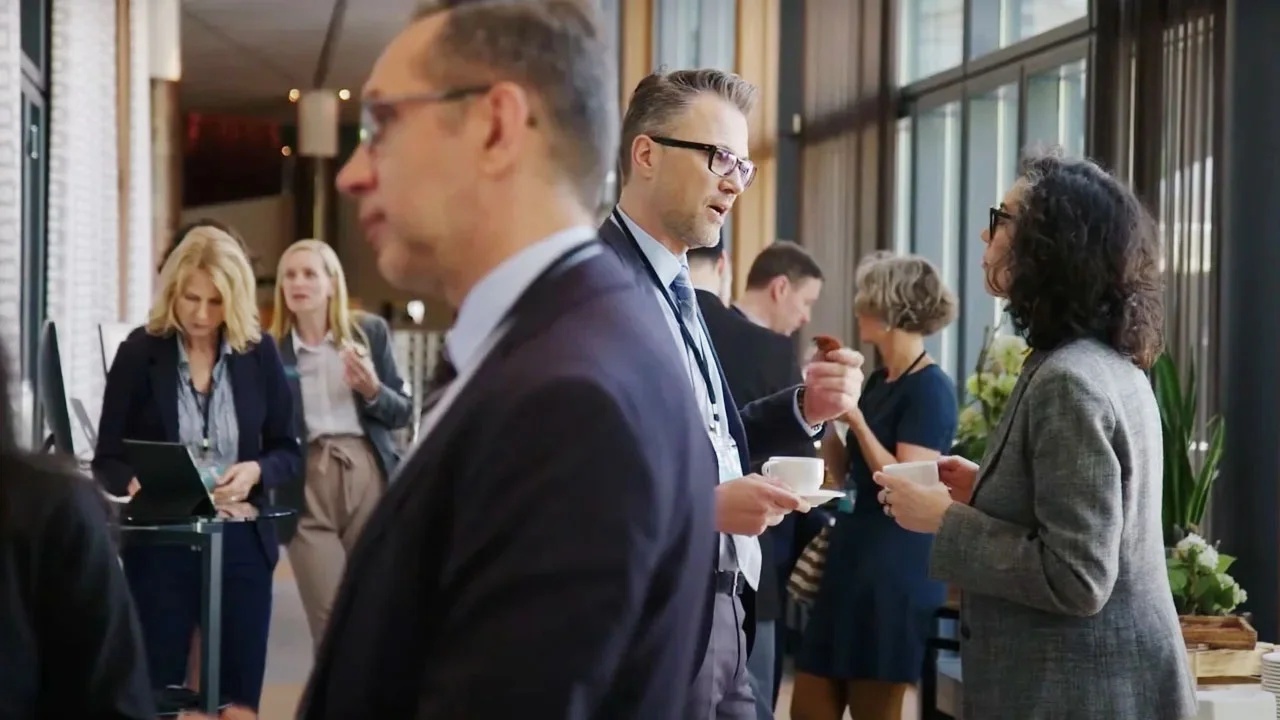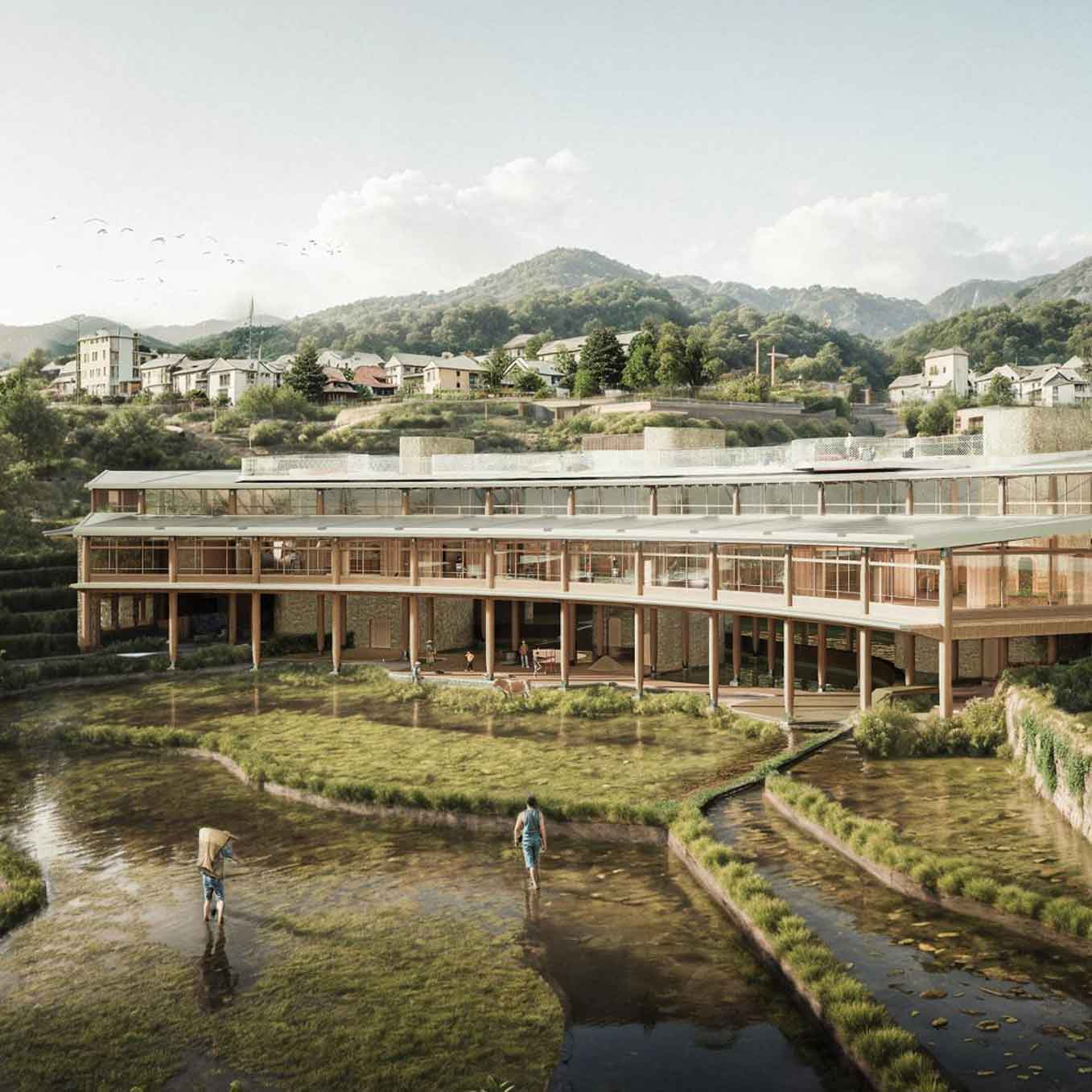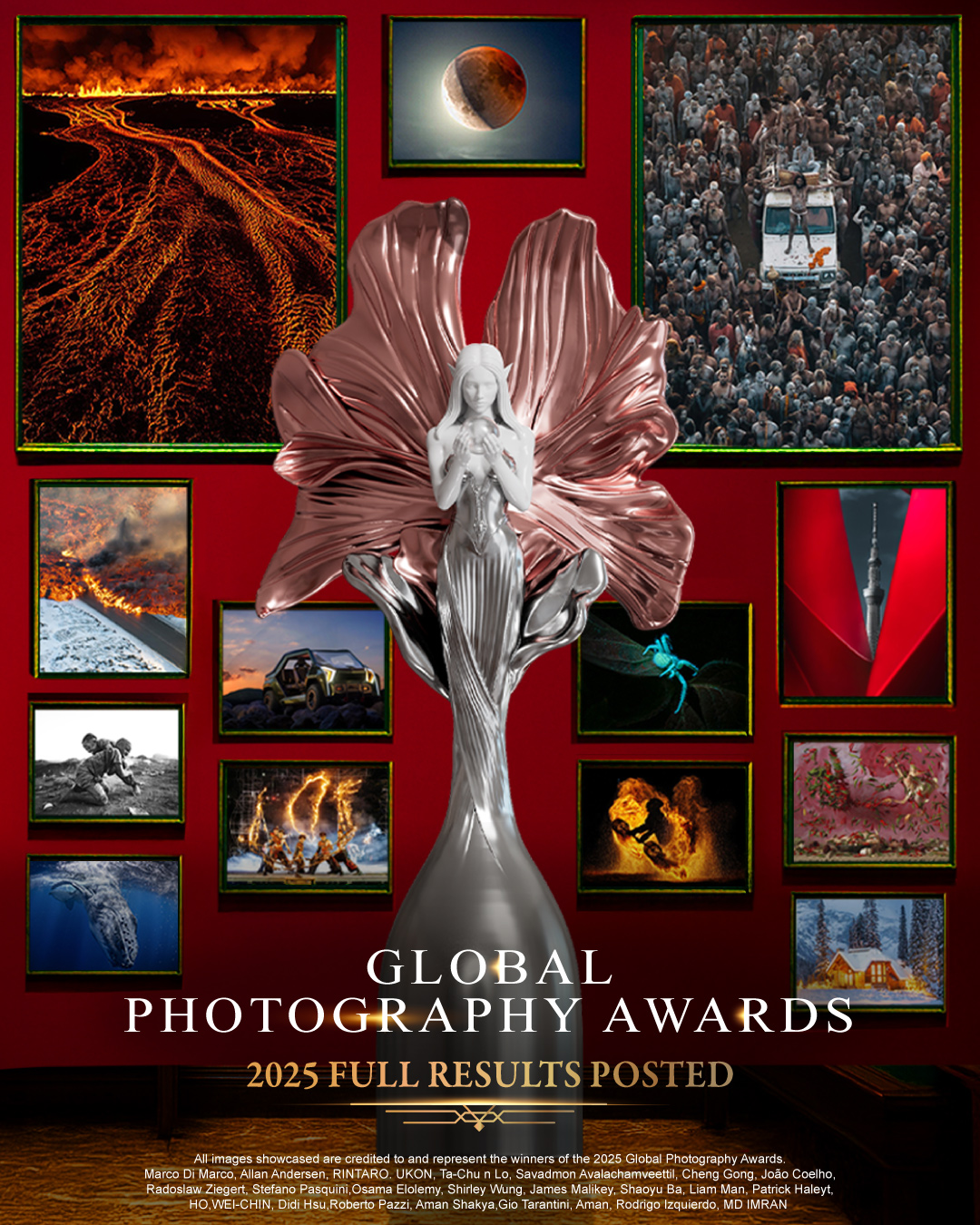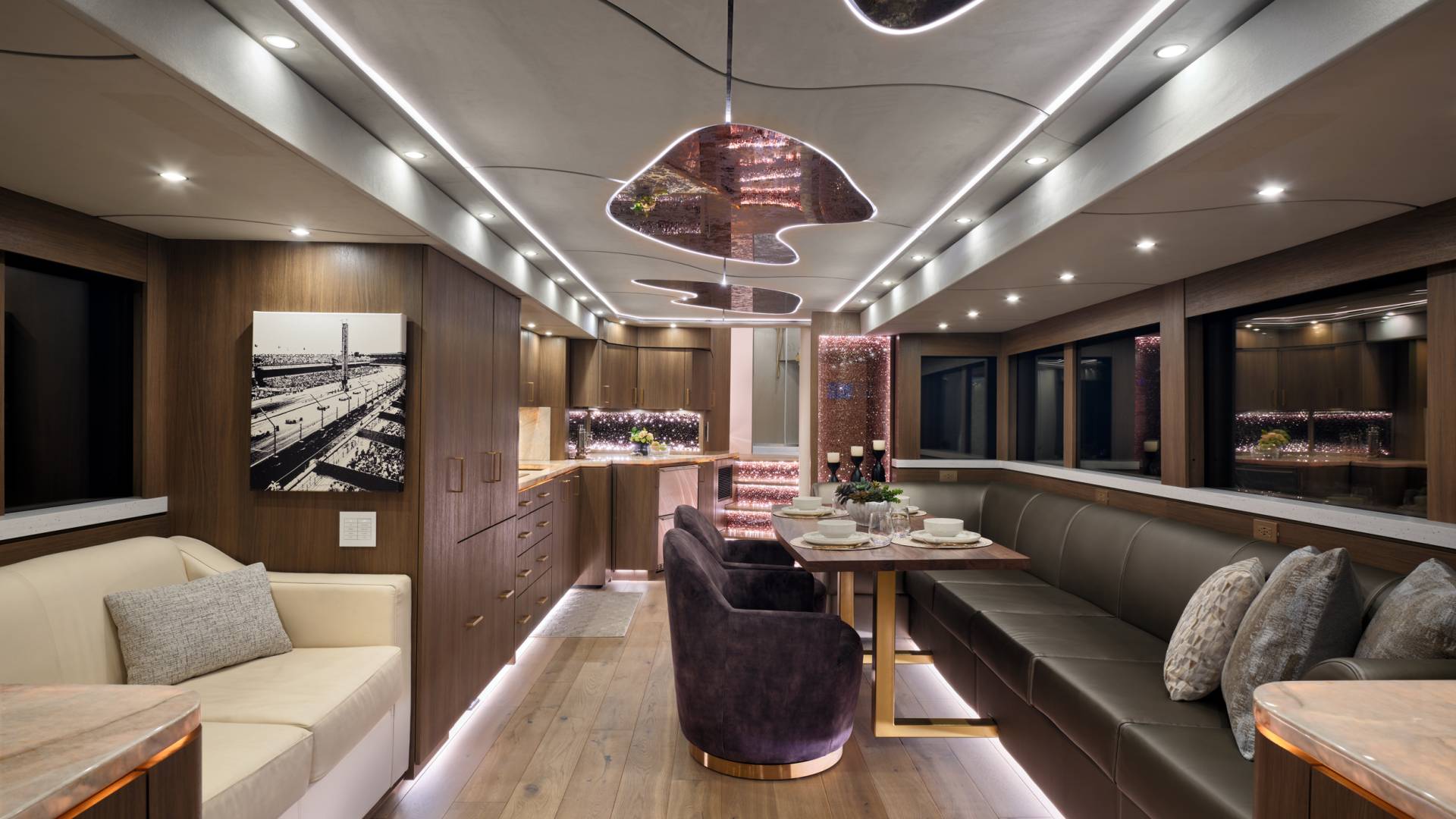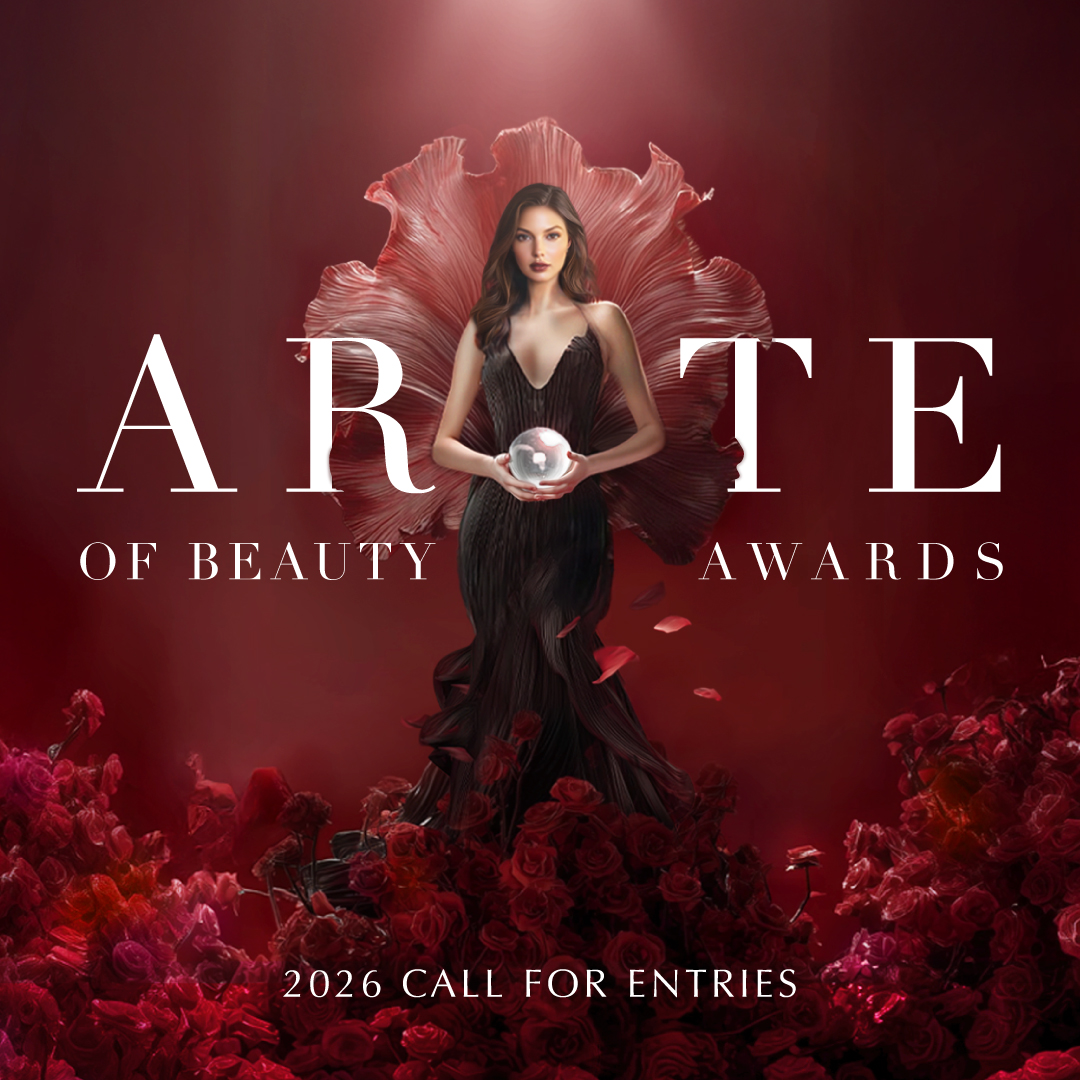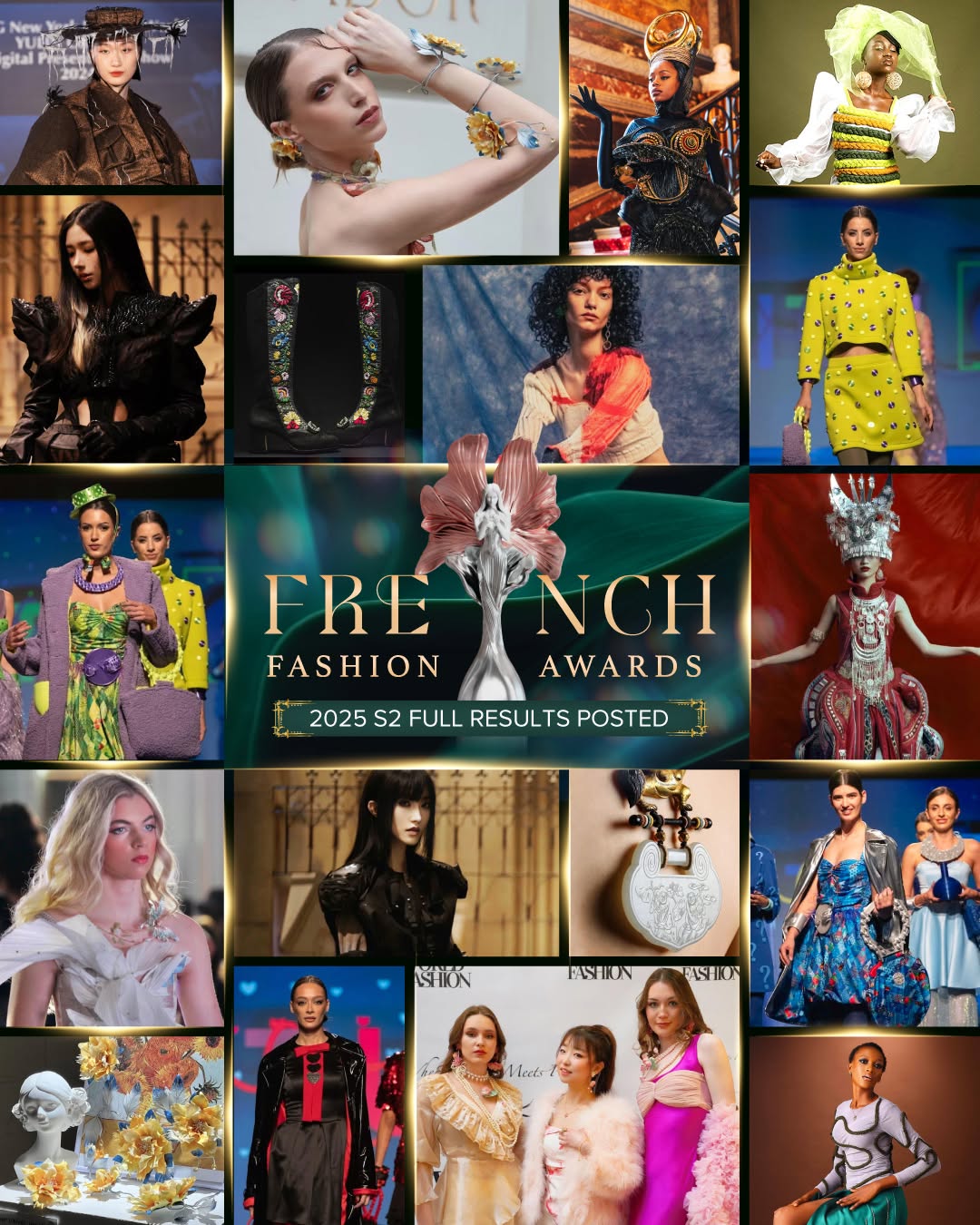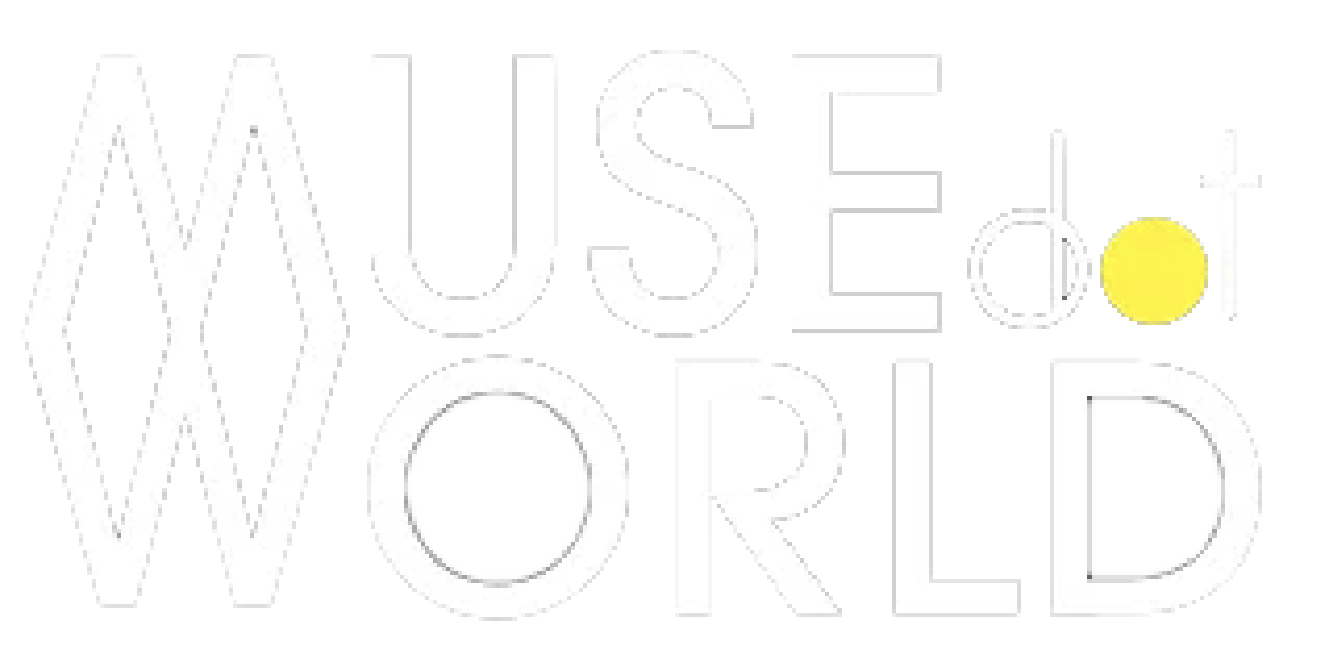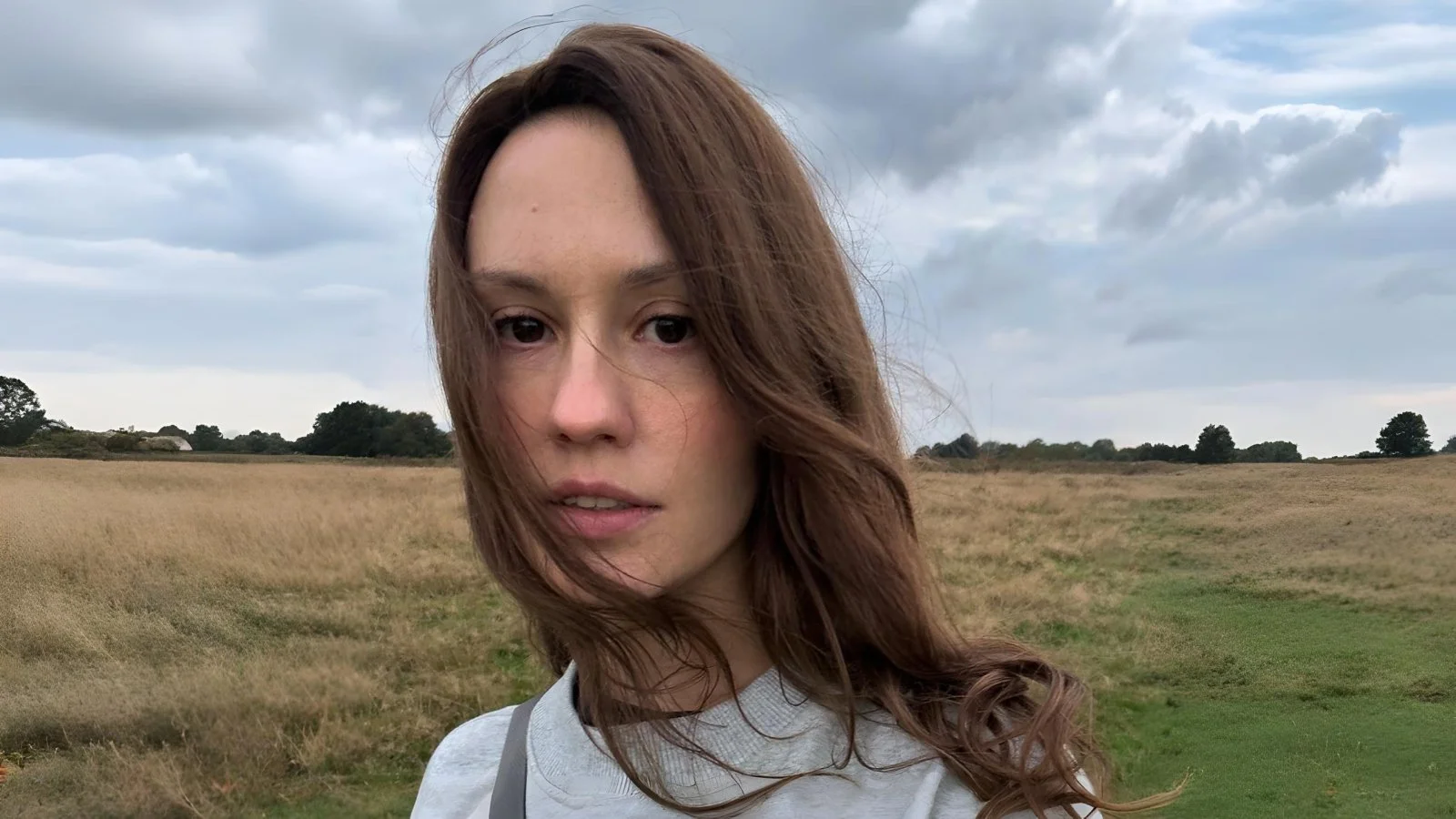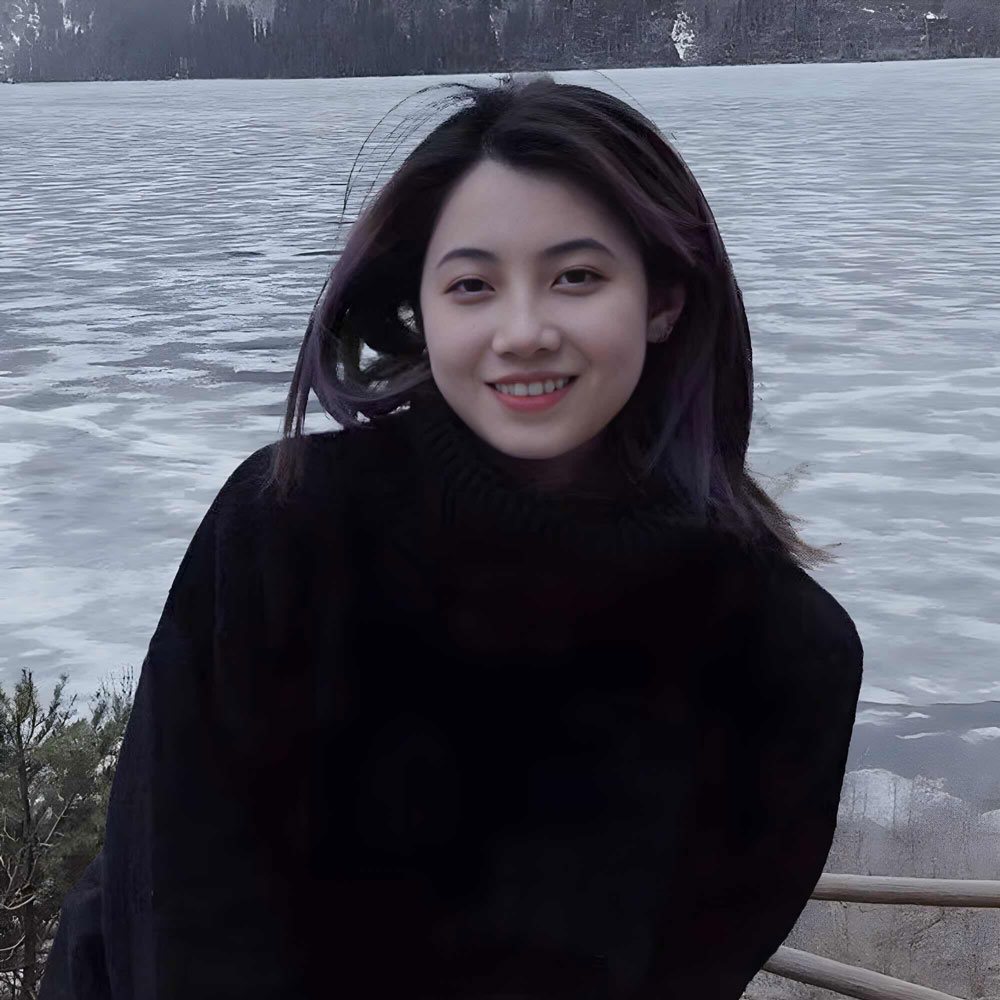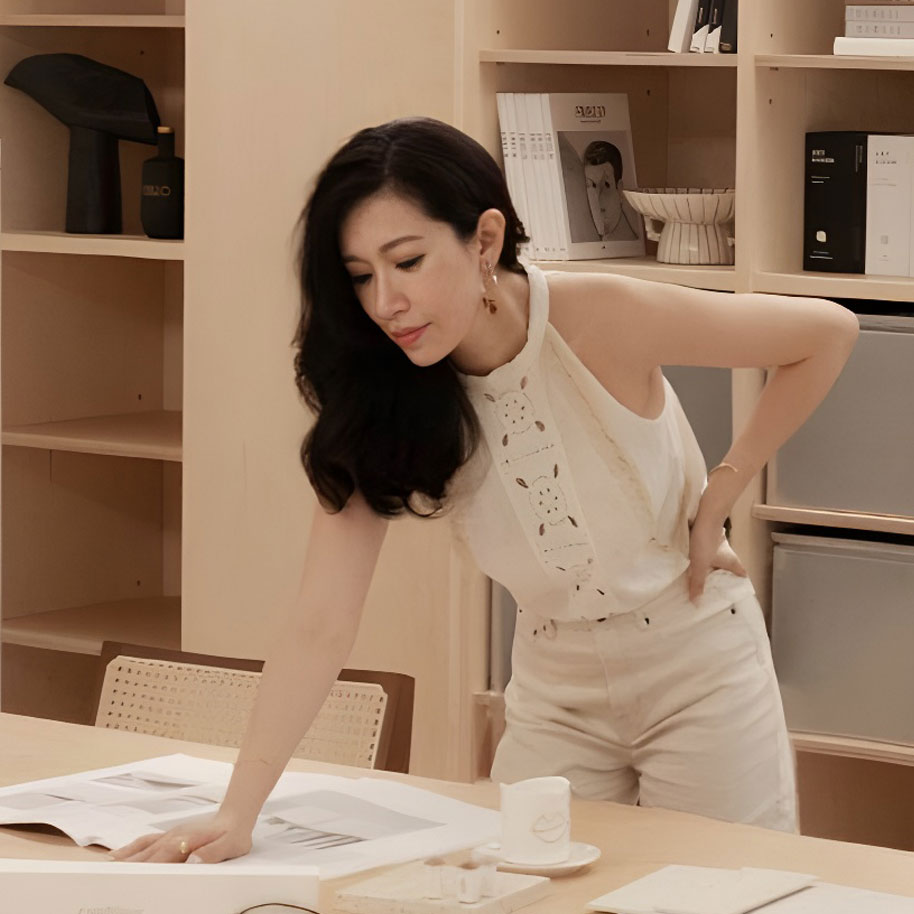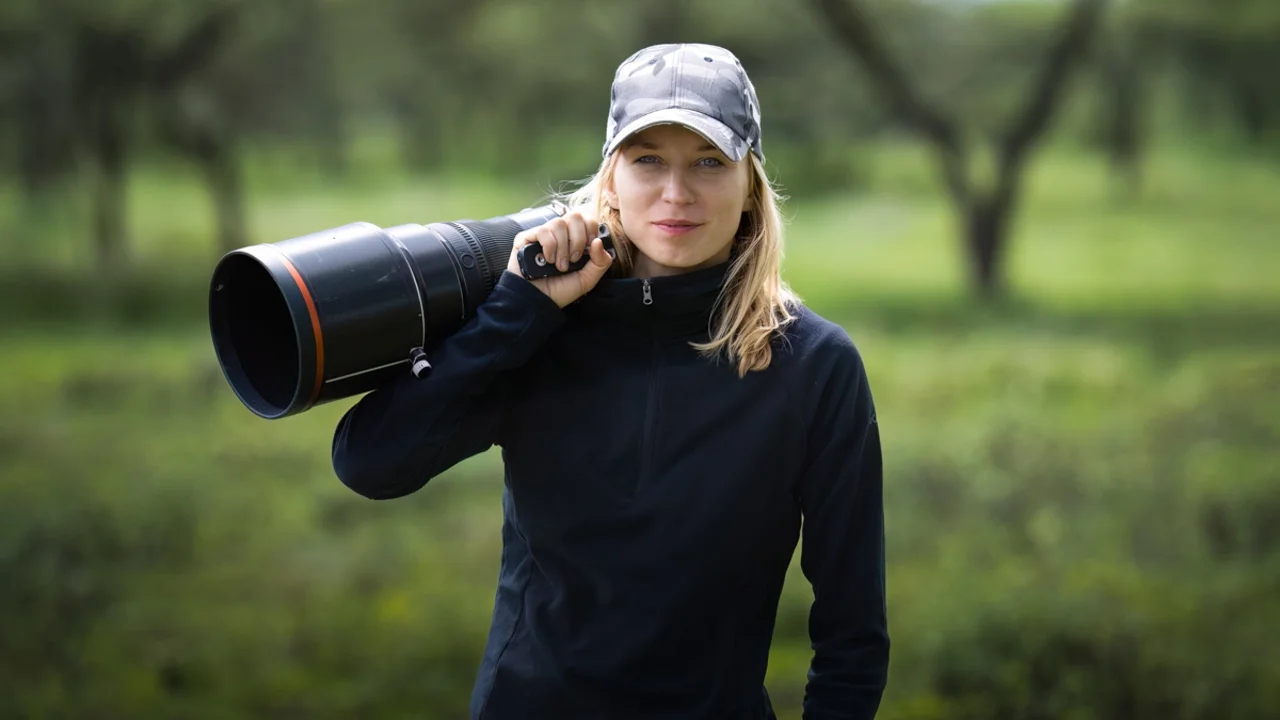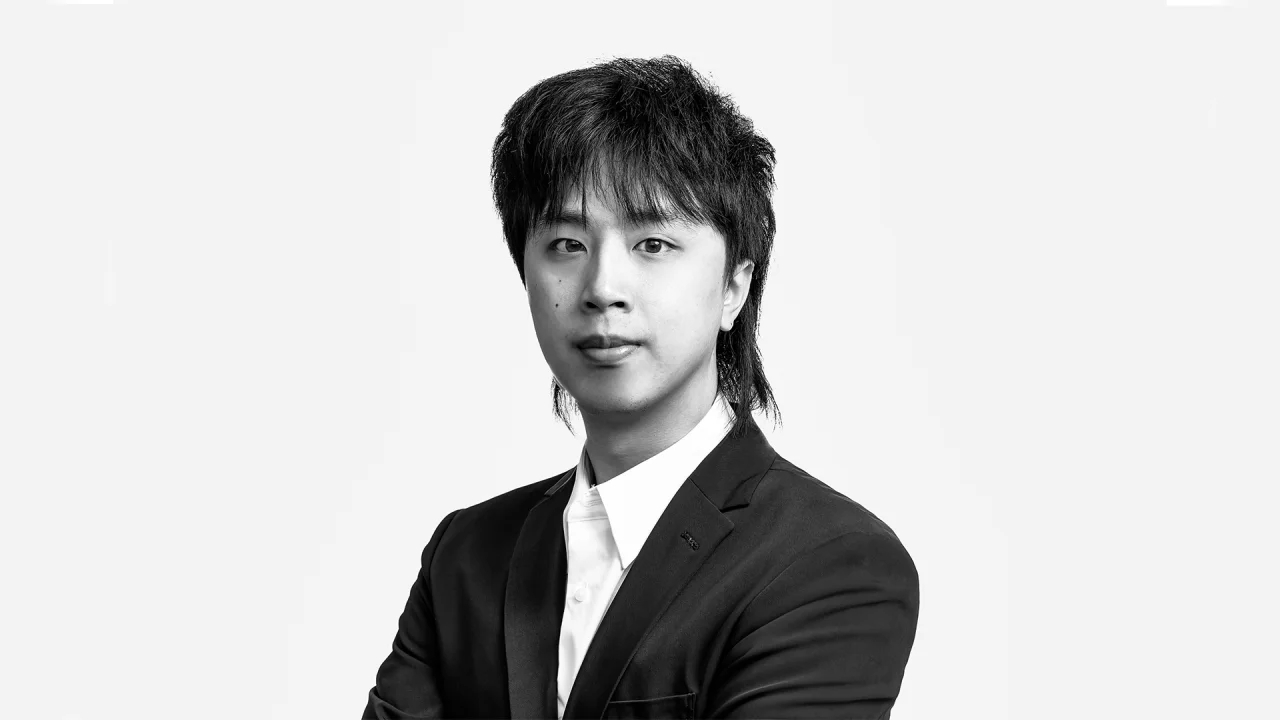The Everyday, Reimagined: Maria Aleksanyan’s Visual Record
Maria Aleksanyan
Through photography, Maria Aleksanyan reflects on the slow process of becoming at home in a new country. Her work captures ordinary scenes with a sensitivity shaped by the perspective of an outsider learning to belong.
Thank you, I’m honoured and genuinely surprised to have been recognised for something I truly love doing.
I’ve always admired photography, but I only stepped behind the camera quite recently. The biggest turning point was moving to the UK in 2022 — so if I had to sum it up in one word, it would be love. I love this country deeply.
Since my first visit over 20 years ago, it has always felt like home — the language, the mindset, the culture, even the climate. Even the uniquely British challenges somehow felt more manageable.
The emotional intensity of finally relocating from Russia to the place I’d long felt connected to poured into my photography. My images began reflecting the emotional terrain of that transition, both the disorientation and the grounding. I still have a long journey in front of me in terms of skill, but the more I shoot, connect with others and explore the work of fellow photographers, the more clearly I begin to shape my own visual language.
It wasn’t really inspiration, more of a gut feeling. Just a single shot taken on the school run, with my kid by my side. It was a crisp November morning, the bus had stopped at a traffic light and for a moment the sun broke through — and the moment I saw that magical shade of yellowish green through the foggy glass, the atmosphere of blissful, quiet solitude it suddenly created, I knew I had to take a picture.
It feels a bit surreal that this split-second instinctive moment ended up being recognised, and it definitely boosts my confidence and trust in that ‘aha’ feeling, when something just clicks and you know it’s the right moment to take a picture.
Other than the obvious — making sure it fits the brief — I usually just go with my personal favourite. This one was definitely a favourite at the time; it felt both simple and visually strong, which is the balance I always look for.
A combination of years exploring photography, my experience of working with big documentary photographers as a fixer, seeing the great ones in action and camera availability. At some point, this theoretical build-up finally made me think, hey, seems like the moment is right — why don’t you press the shutter right now?
Definitely documentary. The tremendous amount of technical skill, intuition, visual experience, and speed of reaction you need to make a witty, layered picture rich in meaning, all in a split second, absolutely hypnotises me.
I use two cameras — a Fujifilm XT-50 with a versatile 16–50mm lens, and my phone camera. With the street and documentary photography I’m leaning toward, I end up using the latter quite often for many reasons: I don’t always have a bulky camera bag with me, it’s always on hand, plus in many situations you need to be stealthy — and the phone camera doesn’t make you stand out like a sore thumb.
At the end of the day, I believe that the story told in the picture is more important than what you’ve written it with.
That’s a tricky one! Someone once told me that my pictures always read like a love letter to the UK, and they were absolutely right. I guess that’s the core of it. And I’d like that letter to feel tender, melancholic, reflective and bittersweet.
Honestly, just getting my camera out and into the right position fast enough before the moment was gone, all while internally fighting the awkwardness of doing that in front of fellow commuters.
Luckily, it’s the place where I live now, but if I had to narrow it down to just one geographical spot, it would be Swanage —a small seaside town on the Jurassic Coast. It’s where I landed when I first came to the UK in 2004, where that feeling of home was born. It's my safe haven and the place I love with fierce tenderness. I always come back with terabytes of pictures from there.
I was extremely lucky to meet the great René Burri and witness him at work — it was an absolute revelation. The way he moved through space with his camera was otherworldly. He wasn’t just taking pictures — he was transforming into a completely new entity or species. The air around him felt charged with his hunger for the right moment, and that left a huge mark on me.
Also, aside from the obvious legendary names, I really admire Niall McDiarmid’s work with colour, Matt Stuart’s wittiness, and Gueorgui Pinkhassov’s eye for light. Another important name is Harold Evans, editor and journalist, whose views on documentary photography shaped my approach.
Just start, even if you think you’re not good enough yet. Rejections are just as important as wins; both shape you not only as a photographer, but as a person too.
Look for what puts you in a flow state and enjoy the process without overthinking it.
I always take a picture knowing how I’ll process it, and I think it’s important to have that in the back of your mind. Early on, I missed so many moments because I felt the setting wasn’t visually impactful enough, until I learned that even a slight movement of Lightroom sliders can completely change how a scene is perceived.
AI is off the table for me. I work in line with documentary photography ethics and don’t see myself using generative tools — it eliminates the whole point of searching for the right moment, which is the most satisfying part for me.
I do have a lot of scenes in mind that I’d love to photograph, but they require patience, time and quiet observation. And like a cautious, superstitious hunter, I’ll keep quiet about them — at least until I catch them.
Winning Entry
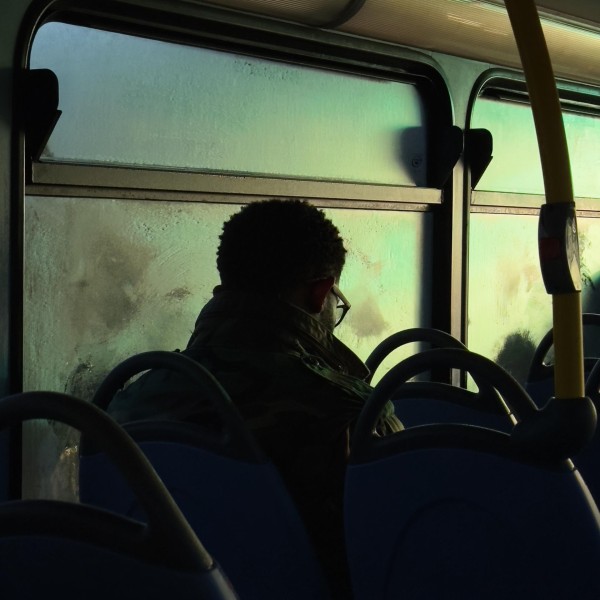
Explore more about the Photographer of the Year Mital Patel on Turning Childhood Curiosity into a Lifelong Craft here.
ADVERTISEMENT
